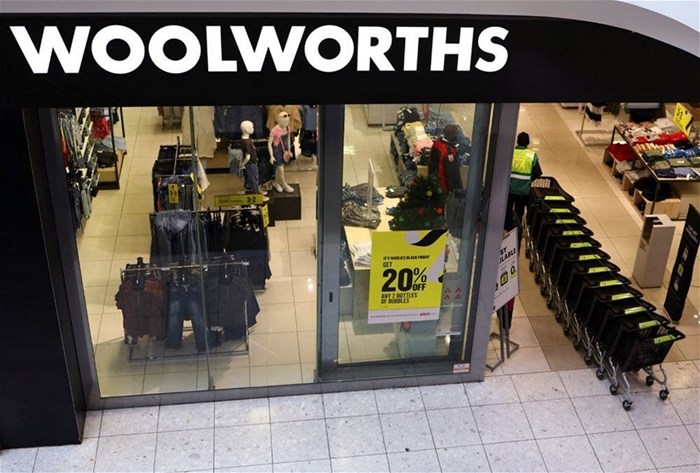South African retailer Woolworths expects its half-year profit to fall by as much as 10% due to consumers pulling back on spending on clothes and as the country's energy and logistics crises persisted.

A worker collects trolleys at South African retailer Woolworths, in Johannesburg, South Africa, 21 November 2023. Reuters/Siphiwe Sibeko
The food, fashion and beauty retailer, which targets the mid- to upper-income segment of the country, said its headline earnings per share (HEPS) from continuing operations likely fell 5% to 10% in the 26 weeks ending 24 December 2023.
Group turnover and concession sales from continuing operations, excluding retailer David Jones which it sold last year, rose 5.4% and by 4.4% in constant currency terms. That was lower than the 12.5% reported in the prior period.
Woolworths said performance for the current period has been affected by an increasingly challenging macroeconomic backdrop, given the sustained impact of interest rate increases and higher living costs.
"This has negatively impacted footfall, resulting in a greater-than-expected pullback in discretionary spend," the retailer said.
Operations were further disrupted by a higher number of power cuts, port congestion, and the impact of the Avian flu on the availability of staple food product lines such as eggs.
During the last six weeks of the period, which included trade during the festive season, sales growth accelerated to 7.2%, supported by Black Friday promotions and holiday season trade, Woolworths said.
Its food business grew turnover by 8.4%, while sales at its fashion beauty and home business grew by 2.2% and by 1.5% in comparable stores impacted by poor availability, due in part to the late arrival of certain summer ranges arising from port congestion.
Trading conditions in Australia and New Zealand have deteriorated further, with consumer sentiment in Australia at near-record lows and household savings the weakest since the global financial crisis, Woolworths said.
As a result, the clothing business Country Road Group saw sales decline by 5%, and by 9% in comparable stores.

































